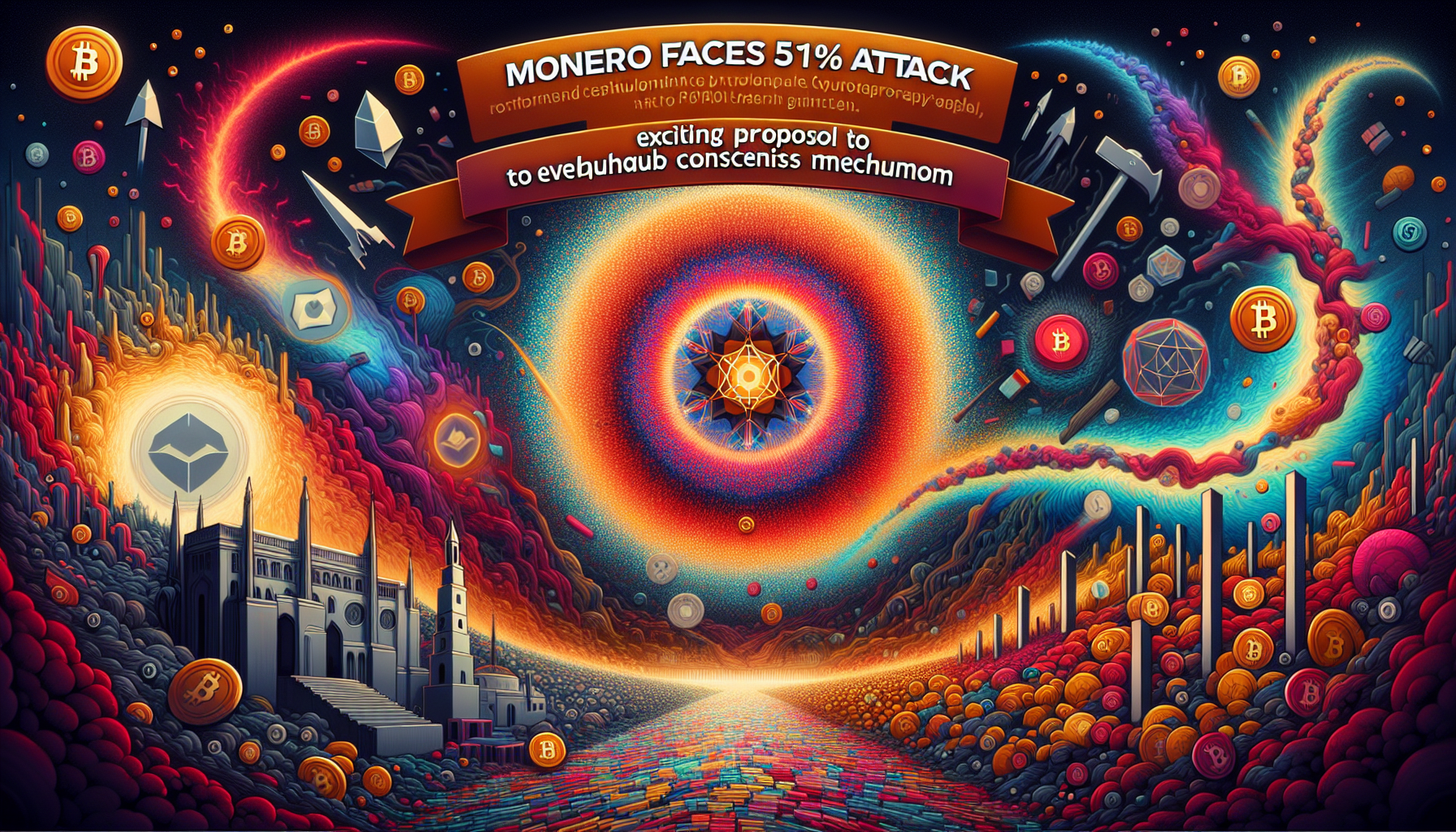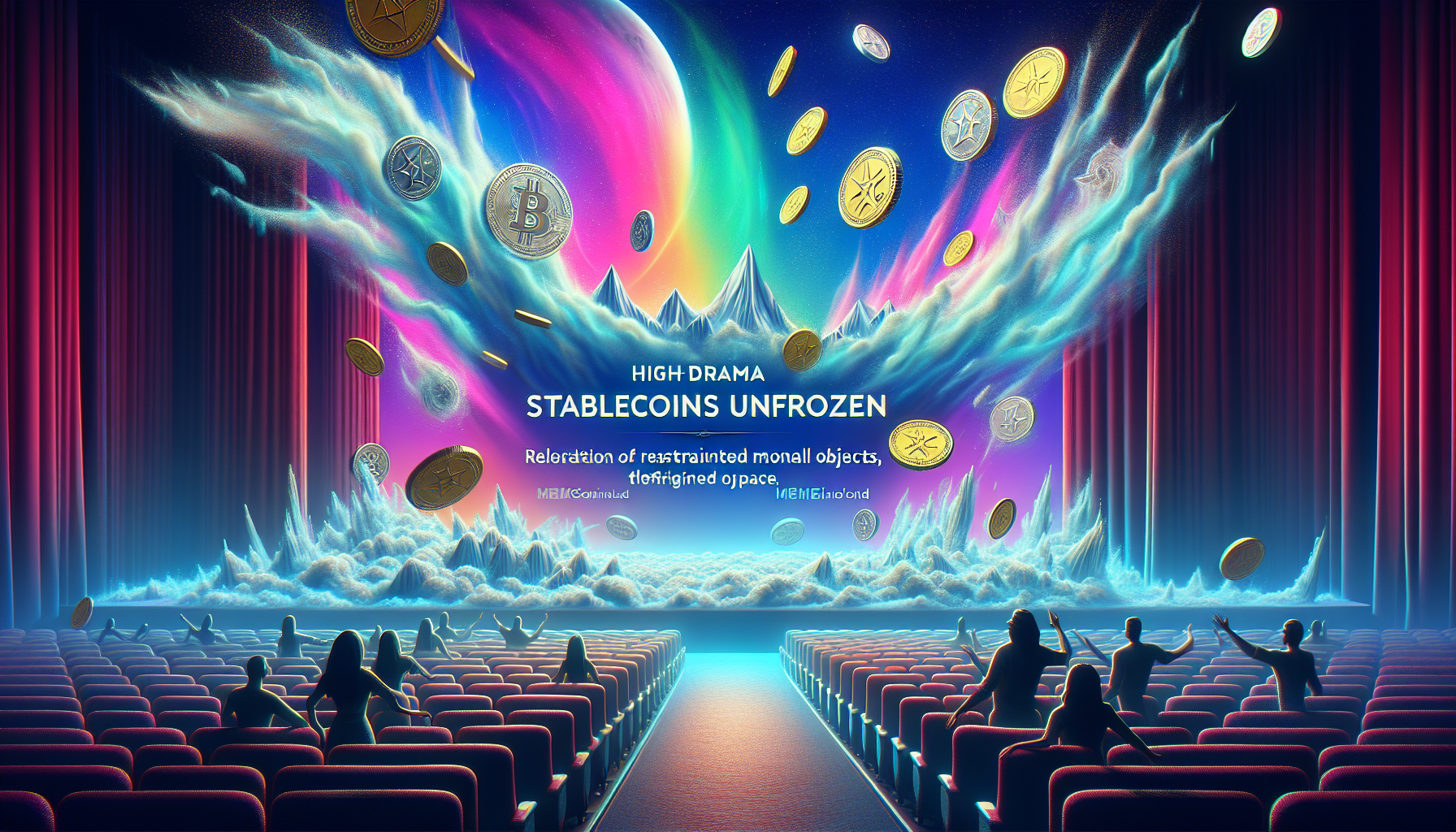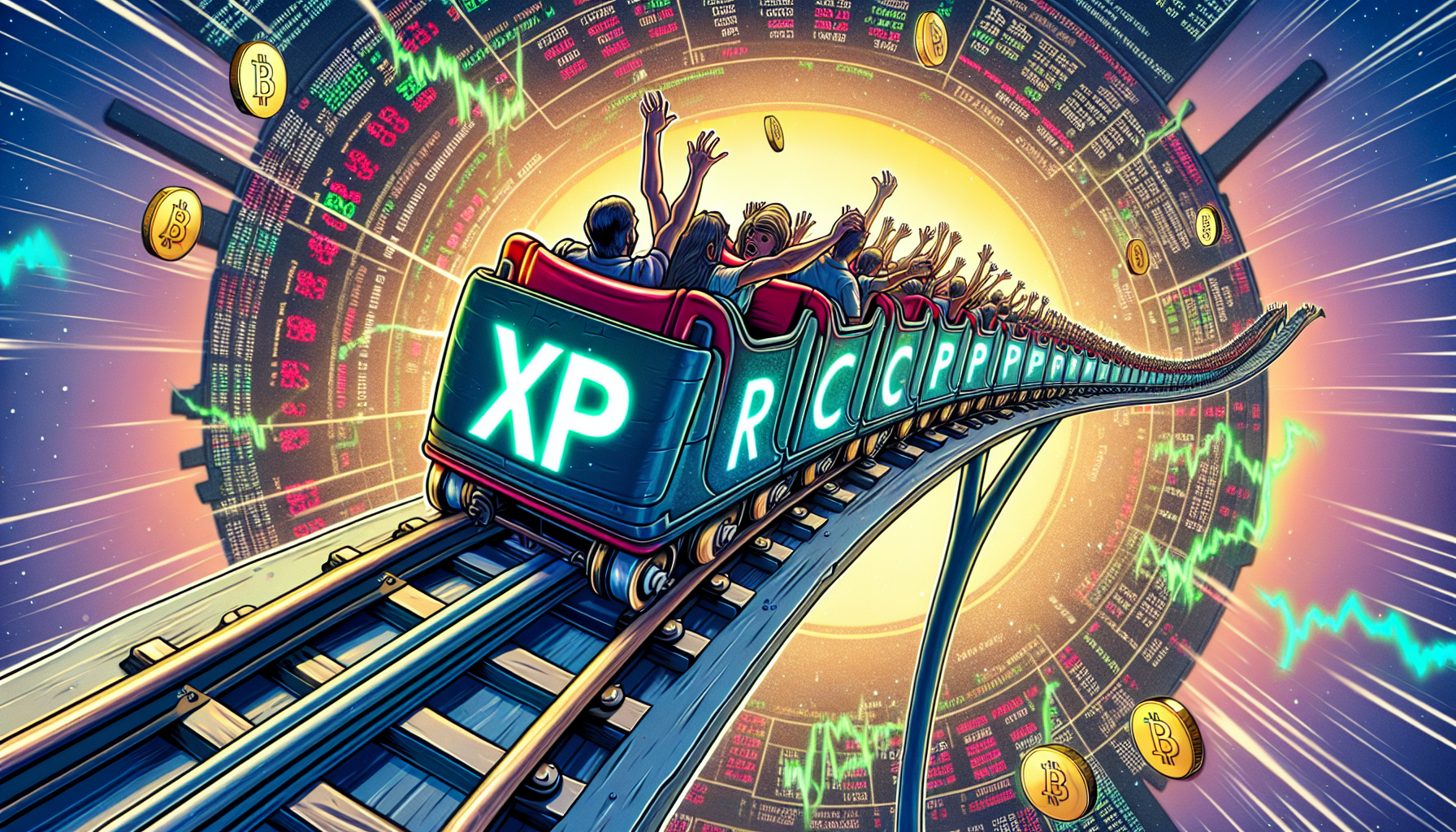 Ripple, the blockchain juggernaut, is facing a whirlwind of speculation as XRPL activity takes a nosedive. The network, which boasts partnerships with hundreds of banks, has seen a staggering 30%–40% drop in on-chain activity. Yet, Ripple’s CTO, David Schwartz, stands firm, attributing this decline to the increasing trend of banks settling transactions off-chain.
Ripple, the blockchain juggernaut, is facing a whirlwind of speculation as XRPL activity takes a nosedive. The network, which boasts partnerships with hundreds of banks, has seen a staggering 30%–40% drop in on-chain activity. Yet, Ripple’s CTO, David Schwartz, stands firm, attributing this decline to the increasing trend of banks settling transactions off-chain.
In the world of crypto, where transparency is king, this shift has raised eyebrows. Enthusiasts and skeptics alike are questioning the implications of such a move. Is Ripple losing its grip on the market, or is this a strategic pivot to accommodate the evolving needs of institutional players?
Schwartz argues that off-chain settlements are not only efficient but also align with the banks’ preference for privacy and speed. He assures that Ripple’s core mission remains unchanged: revolutionizing cross-border payments. But with reduced visibility on the XRPL, some fear that Ripple’s commitment to transparency might be in jeopardy.
Despite the dip in on-chain activity, Ripple’s network of bank partners continues to grow. This expansion hints at a broader acceptance of Ripple’s technology, even if it means operating behind closed doors. For crypto enthusiasts, this presents a paradox: embracing innovation while grappling with the loss of transparency.
The crypto community is abuzz with debates. Is Ripple’s off-chain strategy a masterstroke or a misstep? As the dust settles, one thing is clear: Ripple is navigating uncharted waters, balancing the demands of institutional adoption with the ethos of decentralization.
In the end, Ripple’s journey is a testament to the dynamic nature of the crypto landscape. As banks increasingly opt for off-chain solutions, Ripple must adapt or risk being left behind. The future of XRPL may be uncertain, but one thing is for sure—Ripple’s story is far from over. Stay tuned as this saga unfolds, and keep your eyes peeled for what comes next in this ever-evolving crypto narrative.




